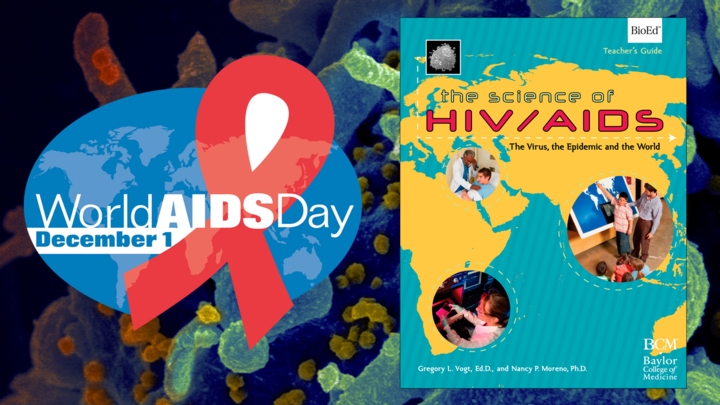The Science of HIV/AIDS Teacher’s Guide

Baylor College of Medicine
Summary
Students investigate HIV/AIDS and discover how diseases spread; learn the structure, function and replication cycle of HIV virus particles; and act as epidemiologists while using real data to track the spread of HIV/AIDS around the world. Each lesson is comprised of an essay and an activity. The essay portions contain stark facts that may be difficult to absorb. Depending upon students’ grade and maturity levels, the essay may be used as teacher background information instead of student reading material. Lesson topics cover the structure and replication of HIV particles, understanding exponential growth and pandemics, and myths and facts about HIV. The Science of HIV/AIDS Teacher’s Guide is most appropriate for students in grades 6–8, but may be used with students in grade 5 and grades 9–10.
Resource Contact:
Moreno, Nancy P. – PhDAssociated SEPA Project(s)
-
MicroMatters
R25RR018605 : 09/30/2003 - 08/31/2008







